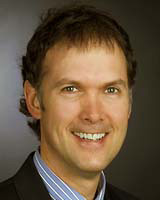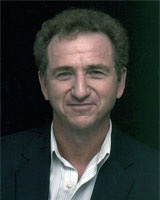Now published, see the full article 
Early Abstract:
Context: The Northern Territory (NT) is characterized by major health inequalities. A high proportion of the population is Indigenous, with poor socio-economic conditions and a high burden of disease. The small NT population – 1% of the total Australian population - is dispersed over one sixth of Australia’s land mass. Given this very low population density and the geographical isolation of many small communities, access to services is often difficult. Medical workforce recruitment and retention have been persistent problems. Prior to 2011, NT residents who aspired to study medicine had to leave the NT. This was the only Australian State or Territory that did not have the capacity for students to complete an entire medical degree within the jurisdiction.
Concept: This article describes the development, implementation and outcomes of the Northern Territory Medical Program (NTMP), which commenced in Darwin in 2011. This was a major development of the Flinders University distributed program, which aimed to develop the medical workforce for the challenging NT environment. Based on evidence regarding the importance of selection in achieving rural workforce outcomes, and a national priority to graduate more Indigenous Australian doctors, NT residents and Indigenous applicants to the NTMP were prioritised in the selection process. Aspiring doctors would not now have to move interstate to study. The Flinders curriculum would be contextualized to the NT. The NTMP was developed and implemented in collaboration with Charles Darwin University, the major university in the NT.
Lessons learned: Some of the lessons learned may be useful to others contemplating the delivery of a distributed program that includes a full medical program in a remote area. These include:
1. Leadership at the highest levels of the university is crucial;
2. Expect faculty turnover and avoid single person vulnerabilities;
3. Actively engage local clinicians;
4. Ensure a strong focus on new or alternative selection processes that are able to predict progression;
5. Provide preparatory skills and support for students, especially Indigenous students, with non-science backgrounds;
6. Appreciate and accommodate the community and family pressures experienced by some Indigenous students;
7. Anticipate that the first pioneering cohort of students will not be typical of future cohorts, and work with them to adapt the curriculum, teaching and selection methods.
8. Whilst exemplary telecommunications are needed, some elements of the curriculum will be able to be delivered far better locally than at the larger campus;
9. Do not underestimate the level of student and staff support required both locally and centrally. Develop a ‘network’ rather than a ‘hub and spoke’ model.
10. The network may include multiple dispersed placement sites, requiring infrastructure, staffing and ongoing support.
11. The ‘new kid’ will mean the ‘older sibling’ will change for the better and use the small size and agility to explore innovations.
12. Focus on the goals. We wanted to contribute to improved economic, social and health outcomes for Territory residents by developing an appropriately prepared medical workforce, thereby eliminating the need to recruit doctors from interstate and overseas, and by graduating more Indigenous doctors - potential medical leaders for Australia.
13. Build your expectation for success based on past successes in innovation. Flinders was able to build on its experience in developing the first four year medical program in Australia.



